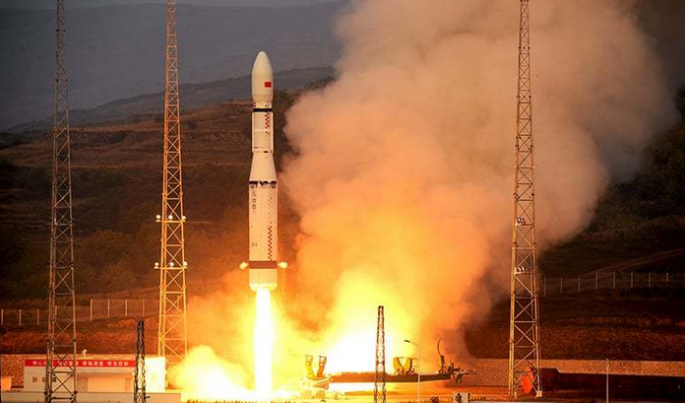China has innovated the fabricating techniques for a key part to be utilized on its extremely heavy rocket that should comply the country's manned missions to the moon.
Working with other Chinese institutes, CALT or China Academy of Launch Vehicle Technology has innovated an extremely large interstage ring to be utilized to connect stages of the rocket, provisionally known as the Long March 9, as announced in a news release by the country's major space contractor, China Aerospace Science and Technology.
As per reports, an interstage ring is a major element in a multi-stage rocket, and that those utilized on China's rockets were made in sections before being joined together.
CALT has undergone preliminary research on the Long March 9. This task has been approved by the in charge of the nation's space programs, the State Administration of Science, Technology and Industry for National Defense.
As reported by sources at the academy, it will take five years to develop and design a 220 tons of thrust oxygen-liquid hydrogen engine and a 460-metric tons of thrust liquid oxygen-kerosene engine.
As sources say, this rocket is expected to have a launch weight of 3,000 tons, and is planned to make its maiden flight in 2030. It should play a major role in helping astronauts land on the moon. However, the technical specifications of the Long March 9 have to be unveiled though. Its height and diameter are as much as the Long March 5 with thrusts stronger than ever. Long March 5 however will make its first flight really soon.
According to the Deputy chief designer of the Long March 3A Li Jinghong, it points mechanical approximations stating those of the Long March 5 will require four propulsions before completing a manned mission to the moon, while the Long March 9 will need only one.



























